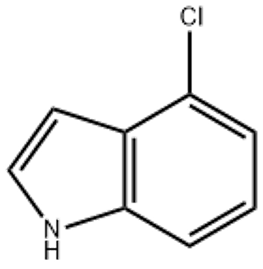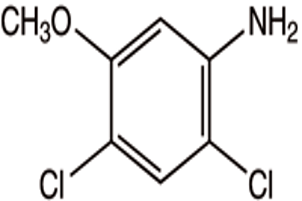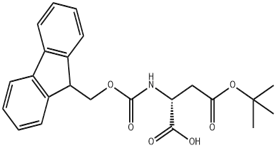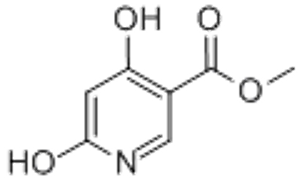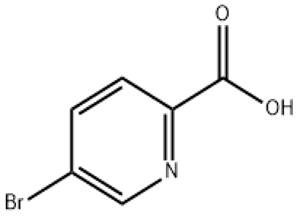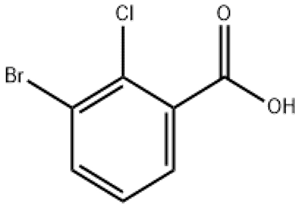4-Chloro-1H-indole(CAS# 25235-85-2)
| Risk Codes | R36/37/38 – Irritating to eyes, respiratory system and skin. R20/21/22 – Harmful by inhalation, in contact with skin and if swallowed. |
| Safety Description | S26 – In case of contact with eyes, rinse immediately with plenty of water and seek medical advice. S36 – Wear suitable protective clothing. S36/37/39 – Wear suitable protective clothing, gloves and eye/face protection. |
| WGK Germany | 3 |
| FLUKA BRAND F CODES | 10 |
| HS Code | 29339990 |
| Hazard Class | IRRITANT |
Introduction
4-Chloroindole is an organic compound. The following is an introduction to the properties, uses, preparation methods and safety information of 4-chloroindole:
Quality:
- Appearance: 4-chloroindole is a white to light yellow crystalline solid.
- Solubility: Soluble in common organic solvents, such as ethanol, ether and dimethyl sulfoxide.
- Stability: Stable in dry conditions, but easily decomposes in moisture.
Use:
- 4-chloroindole can be used as an intermediate in organic synthesis for the synthesis of other organic compounds.
- In medical research, 4-chloroindole is also used as a tool to study cancer cells and the nervous system.
Method:
- A commonly used method for the preparation of 4-chloroindole is by chlorinating indole. Indole reacts with ferrous chloride or aluminum chloride to form 4-chloroindole.
- Specific reaction conditions and reaction systems can be adjusted as needed.
Safety Information:
- 4-Chloroindole is toxic and requires appropriate safety measures such as wearing protective gloves, safety glasses, and protective masks when handling.
- Avoid contact with skin and eyes, and make sure to operate in a well-ventilated area.
- In case of aspiration or ingestion, seek medical attention immediately.


